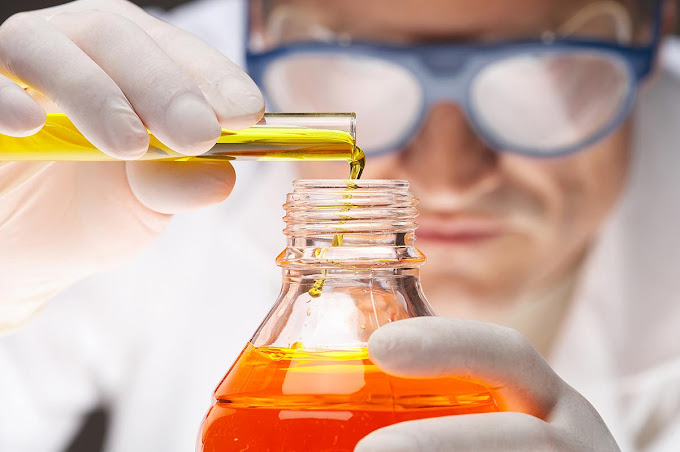Biocatalyst technology can help in improving human medicine absorption in several ways. One of the main ways biocatalysts can enhance absorption is by increasing the bioavailability of drugs.
Bioavailability refers to the fraction of a drug that is absorbed into the bloodstream and is available to exert its therapeutic effect. Many drugs have poor bioavailability due to their low solubility, poor permeability across biological barriers, or rapid metabolism in the body. Biocatalysts can help to overcome these challenges by catalyzing chemical reactions that improve drug solubility, stability, and permeability.
For example, the enzyme beta-glucosidase can be used to convert poorly soluble prodrugs (inactive drug precursors) into their active forms by hydrolyzing the glucoside moiety, which increases their solubility and bioavailability. Similarly, the enzyme esterase can be used to convert ester prodrugs into their active forms by hydrolyzing the ester bond, which also increases their solubility and bioavailability.
In addition to improving drug bioavailability, biocatalysts can also be used to enhance drug delivery to specific tissues or cells. For example, enzymes can be conjugated to drug molecules to target specific receptors or transporters, allowing for more efficient delivery of the drug to its intended site of action. This approach is called enzyme-mediated drug targeting.
Another way biocatalysts can improve drug absorption is by modifying the drug molecule itself. For example, enzymes can be used to add or remove functional groups from a drug molecule, which can affect its pharmacological properties and improve its absorption.
Overall, biocatalyst technology is a promising approach for improving drug absorption in human medicine. By increasing the bioavailability of drugs, enhancing drug delivery to specific tissues or cells, and modifying drug molecules themselves, biocatalysts have the potential to improve the efficacy and safety of many existing drugs, as well as facilitate the discovery and development of new drugs.
- 0

